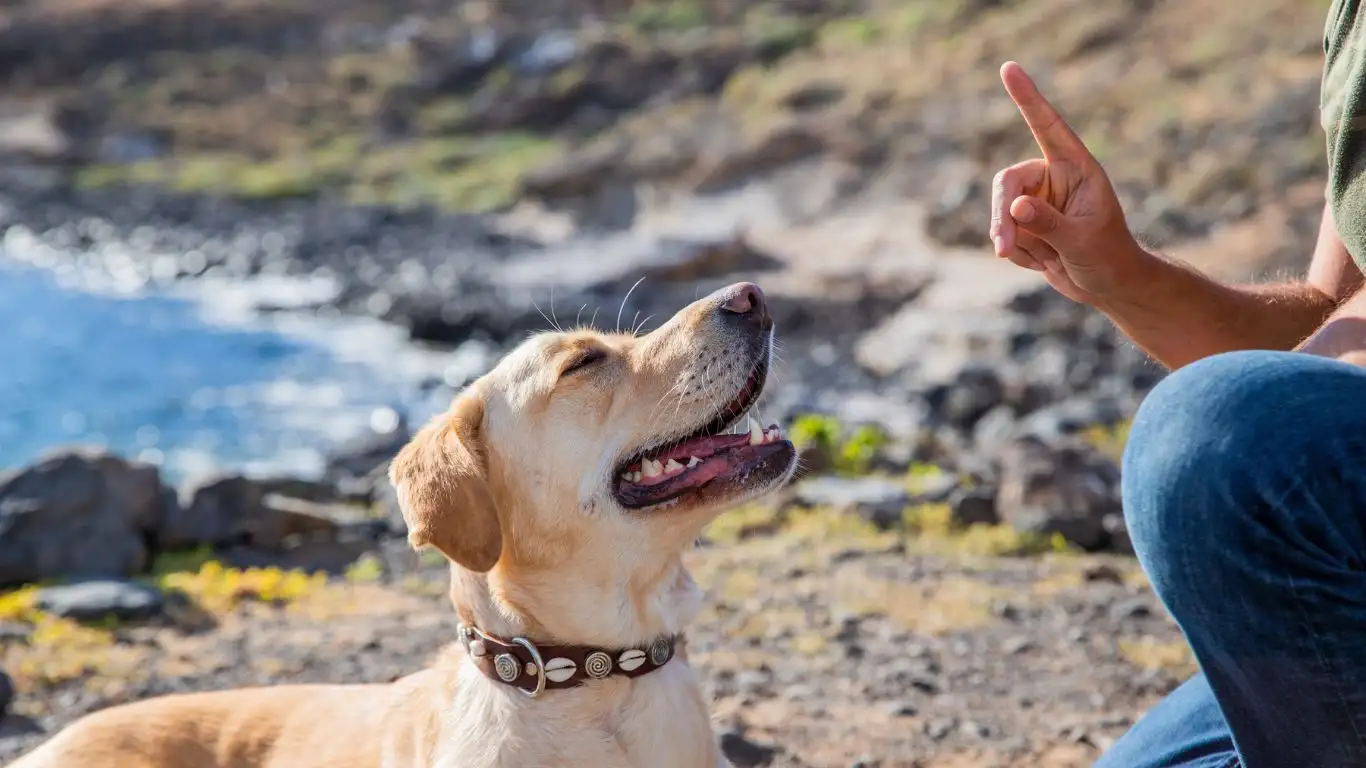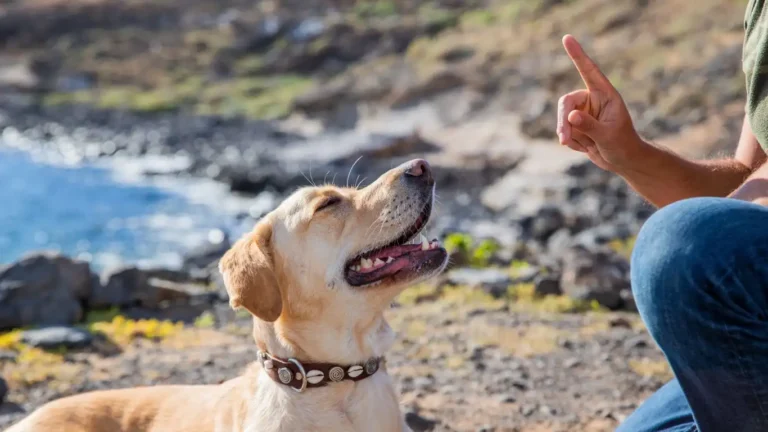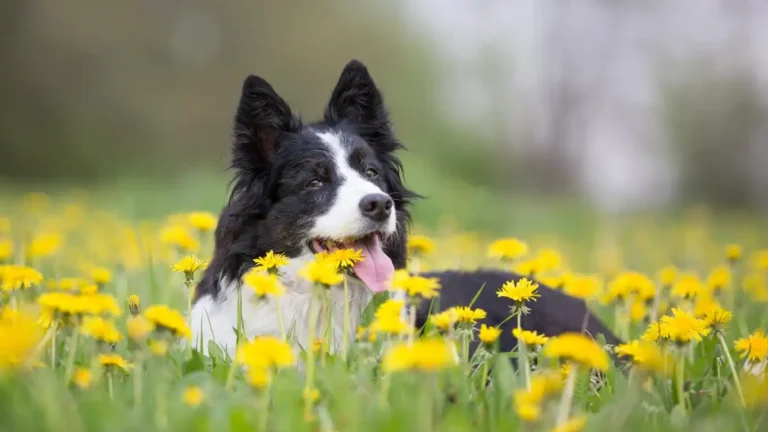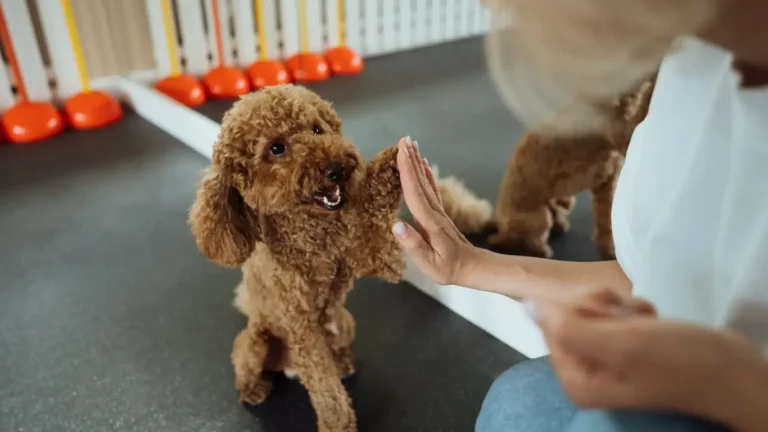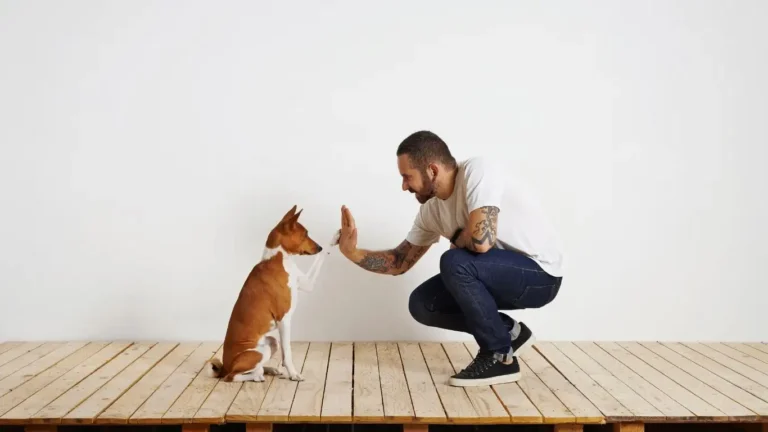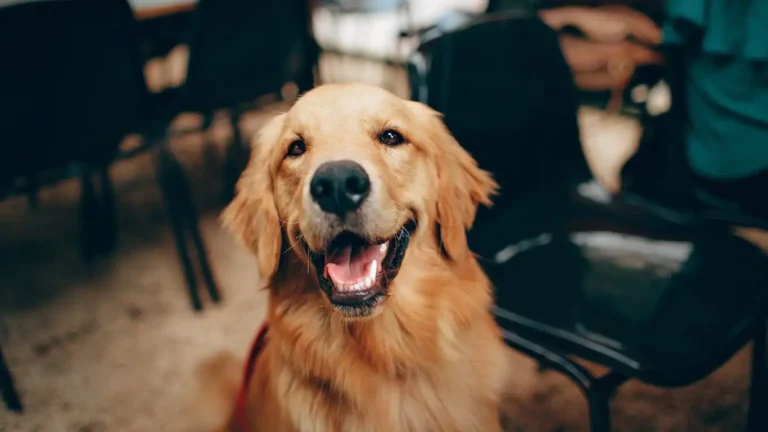How to Train a Dog to Ignore Distractions at the Park: Proven Tips
Let’s be real—teaching a dog to stay focused in a calm living room is one thing. But figuring out how to train a dog to ignore distractions at the park? That’s a whole different level of challenge. If you’ve ever found yourself at the park, leash in hand, while your dog turns into a furry tornado chasing squirrels, greeting strangers, or ignoring your calls completely—you’re not alone. I’ve been there more times than I can count, especially during my early days training therapy dogs. The park is full of smells, movement, and noise, making it the ultimate test of focus and impulse control.
Why Parks Are a Distraction Minefield for Dogs
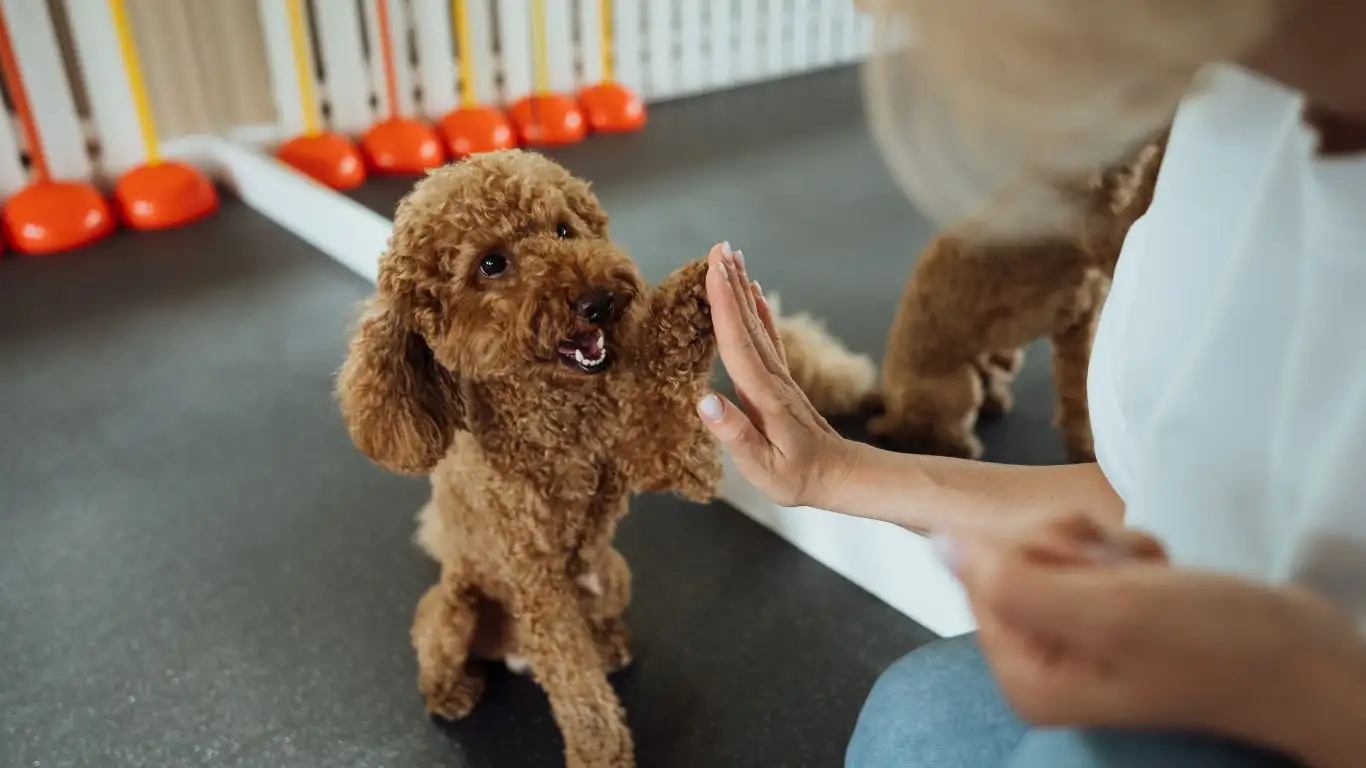
Before we dive into techniques, it’s important to understand why parks are so challenging. As a Canine-Assisted Therapy Trainer, I’ve worked with dozens of dogs in public spaces, and the reactions are usually the same—tail wags, hyper-excitement, and sensory overload.
Smells, Squirrels, and Strange Sounds
Imagine stepping into a room full of your favorite snacks, your best friends, and a bunch of toys all at once. That’s what a park is like for a dog. Every breeze carries a new scent, every bush might be hiding a critter, and every jogger is a potential new buddy. It’s sensory heaven—unless you’re trying to get your pup to listen to you.
Other Dogs and Off-Leash Chaos
Then there are the other dogs—some well-behaved, others totally out of control. I once had a session with a golden retriever who had made amazing progress… until an off-leash doodle ran up to say hi mid-training. We were back to square one. You can’t control the whole park, but you can control your dog’s response. That’s where training comes in.
Setting Realistic Expectations First
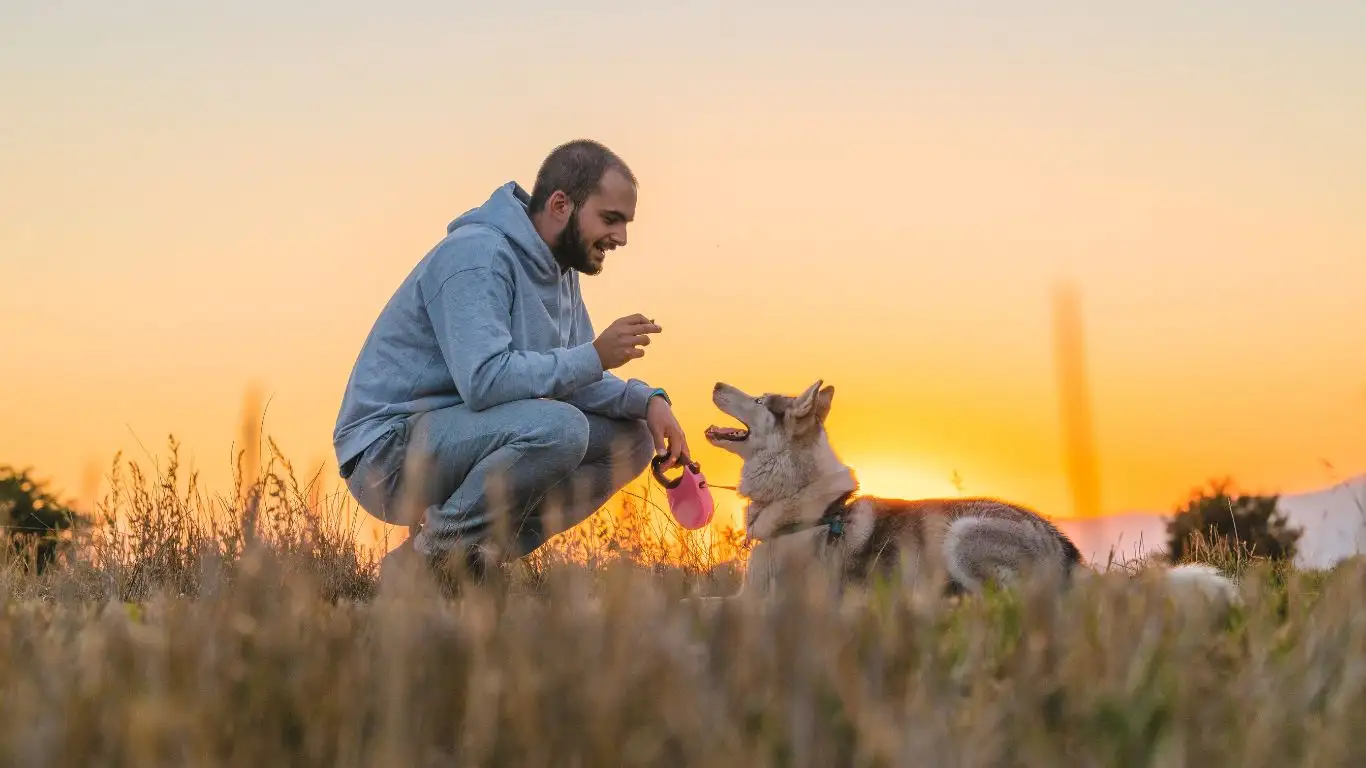
One thing I always tell my clients (and remind myself, honestly) is: progress over perfection. Training your dog to tune out distractions isn’t a quick fix—it’s a slow build. And it starts way before you even step into the park.
Don’t Expect Magic on Day One
Seriously, the first few times you head to the park to train, your dog might ignore everything you say. That’s normal. I like to treat those initial visits as reconnaissance missions. You’re not there to run a perfect training session—you’re there to observe and learn what sets your dog off. Is it the sound of a skateboard? A group of kids playing? Another dog barking 50 feet away? Take notes, mentally or literally.
Start Where the Stakes Are Lower
Here’s what’s worked for me consistently: start in a low-distraction environment. Think your backyard, a quiet street, or even inside your house with the windows open. Build your dog’s ability to focus in those settings first, then gradually level up. That foundational focus is what will help you later when things get chaotic at the park.
Essential Gear for Distraction-Proof Training
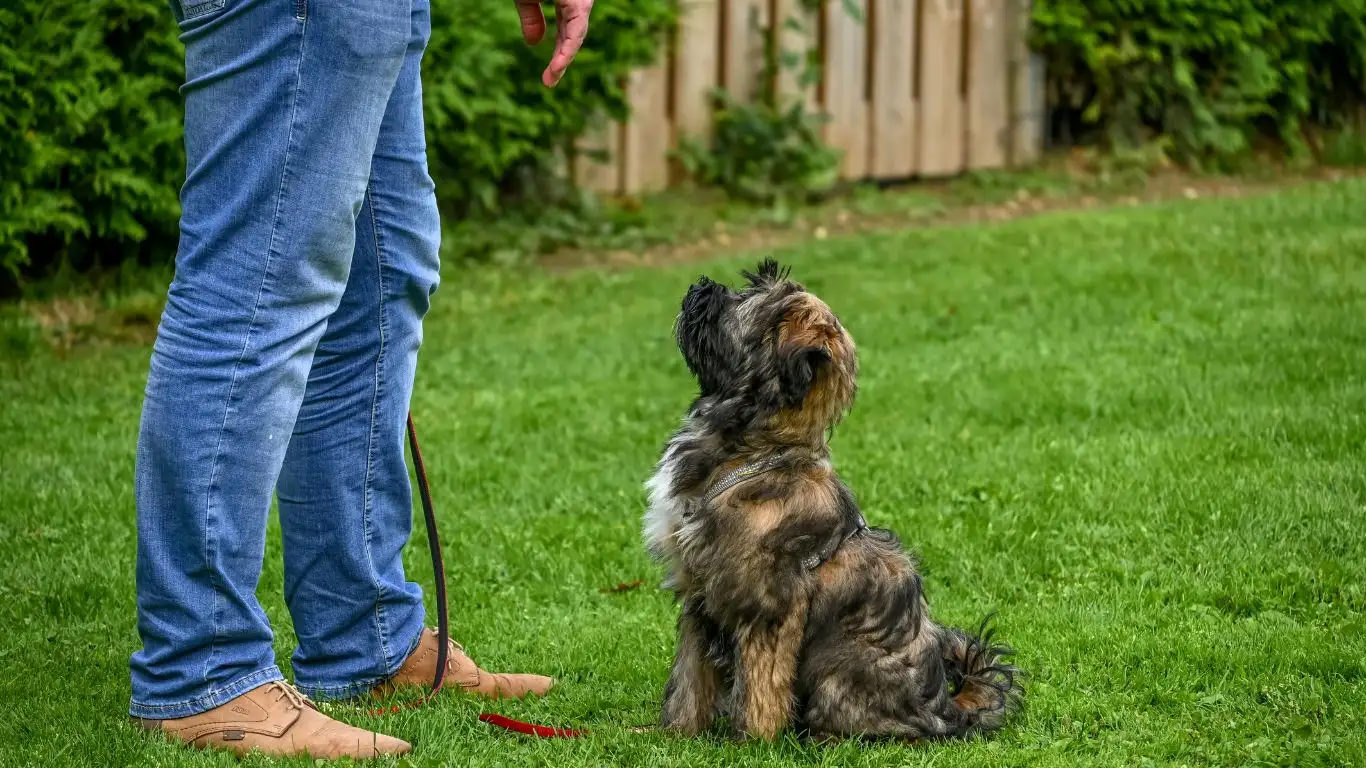
Gear isn’t everything, but it helps. Especially when you’re dealing with unpredictable outdoor settings. I’ve got a little toolkit I never train without—some items are obvious, but others might surprise you.
Here’s what I always pack:
- High-value treats: Not just any treat. I’m talking chicken, liver, cheese—whatever makes your dog’s eyes pop. You need something more appealing than a goose waddling by.
- Long leash: I use a 15 to 30-foot training leash to give dogs some freedom while still keeping control. This is great for recall work in open spaces.
- Clicker: If you’ve trained with clicker methods, bring it. It sharpens communication and gives clear, consistent feedback.
- Training pouch: Keep treats handy without fumbling around. The more efficient you are, the more smoothly your session flows.
- Mat or towel: For practicing “settle” behaviors in a designated spot. Especially useful if your dog is overly reactive or anxious.
Optional but helpful:
- Water & bowl: Dogs get thirsty fast when working outside.
- Noise desensitization clips on your phone: I sometimes play urban sounds to mimic park environments during indoor sessions.
- Poo bags: Responsible trainer = prepared trainer.
Bringing the right tools sets the tone for success and shows your dog that you’re prepared, in control, and ready to work as a team—even when the world is buzzing around you.
Introducing Distractions Gradually (The Key to Success)
This is where the magic starts to happen. You can’t just jump into a busy park and expect miracles—unless your dog is a unicorn. Spoiler: mine never are.
Controlled Exposure in Layers
I usually break this down into stages. First, train in quiet spaces. Then, slowly add mild distractions—like someone walking by or a gentle breeze rustling leaves. Once your dog can focus through that, you’re ready to level up. Bring them to the park—but start far away from the action.
Here’s a trick I picked up from a particularly stubborn lab I trained for therapy certification: park near a busy area but stay in the car. Yup, seriously. Roll the windows down, let your pup watch the world go by while you feed calm, focused behavior. That preps their brain to be in observation mode before full immersion.
Reward Calm, Not Just Obedience
It’s not just about asking for “sit” or “stay.” I reward sniffing calmly, glancing back at me, ignoring a jogger, or even choosing not to bark. Those are wins. They show that your dog is making good choices on their own, which is what we want long-term.
Turning Focus into a Habit, Not Just a Trick
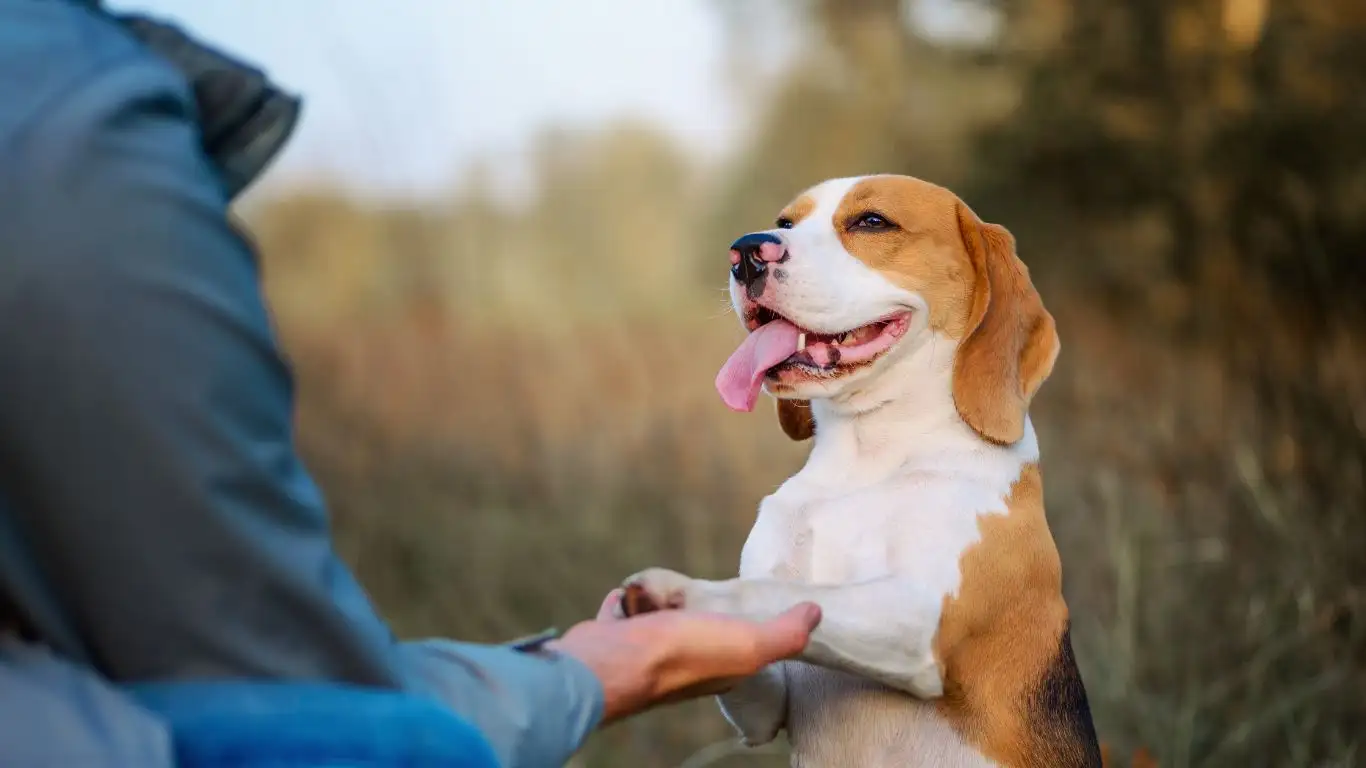
Here’s something I wish more trainers talked about: teaching your dog to focus on you in distracting environments isn’t just about commands—it’s about creating habits. Anyone can get a dog to “sit” with a treat in hand, but what about when your hands are full, your treat pouch is empty, and a skateboarder whizzes by? That’s when real training shows up.
From my therapy dog training work, I’ve learned to teach focus like it’s a reflex. You want your dog to look to you the moment things get chaotic. That reflex doesn’t come from one “watch me” session. It comes from repetition, variety, and rewarding that split-second choice over and over again.
How I Reinforce Focus Every Day
I make it a point to train in micro-moments. Walking to the mailbox? Ask for a sit when the neighbor’s dog barks. Watching TV? Reward calm behavior during loud commercials. These small reps, done consistently, build the muscle memory your dog needs when distractions crank up at the park.
Mixing Up Locations
Once your dog’s doing great in one area, change the scenery. I rotate between different parks, quiet corners of town, even hardware store parking lots. Yep, that’s not a typo—hardware stores are full of people, carts, weird smells, and doors that make noise. If your dog can focus there, they’re building some serious resilience.
The Power of Movement-Based Training

One game-changer in my training toolkit? Movement-based sessions. Dogs that struggle to sit still in exciting environments often benefit from doing something instead of freezing. And honestly, a moving dog is easier to redirect than a dog stuck in hyperfocus or freeze mode.
Training While Walking
Here’s a go-to routine I use with anxious or overstimulated dogs: walk in loose circles or figure-eights around a distraction. Keep a soft tone, reward frequently, and gradually spiral closer. It keeps the dog’s brain active and gives them a task they can manage. Eventually, they start tuning in to you, not the chaos.
Use “Find It” to Break Obsessive Focus
When I sense a dog starting to fixate—like staring at another dog across the field—I toss a treat near my feet and say “find it.” It redirects their nose to the ground and gently shifts their attention back to the present. It’s simple, but man, it works like magic. I once used it with a border collie who would otherwise lunge at every stroller we passed.
Teaching a Strong Recall—Your Lifeline at the Park
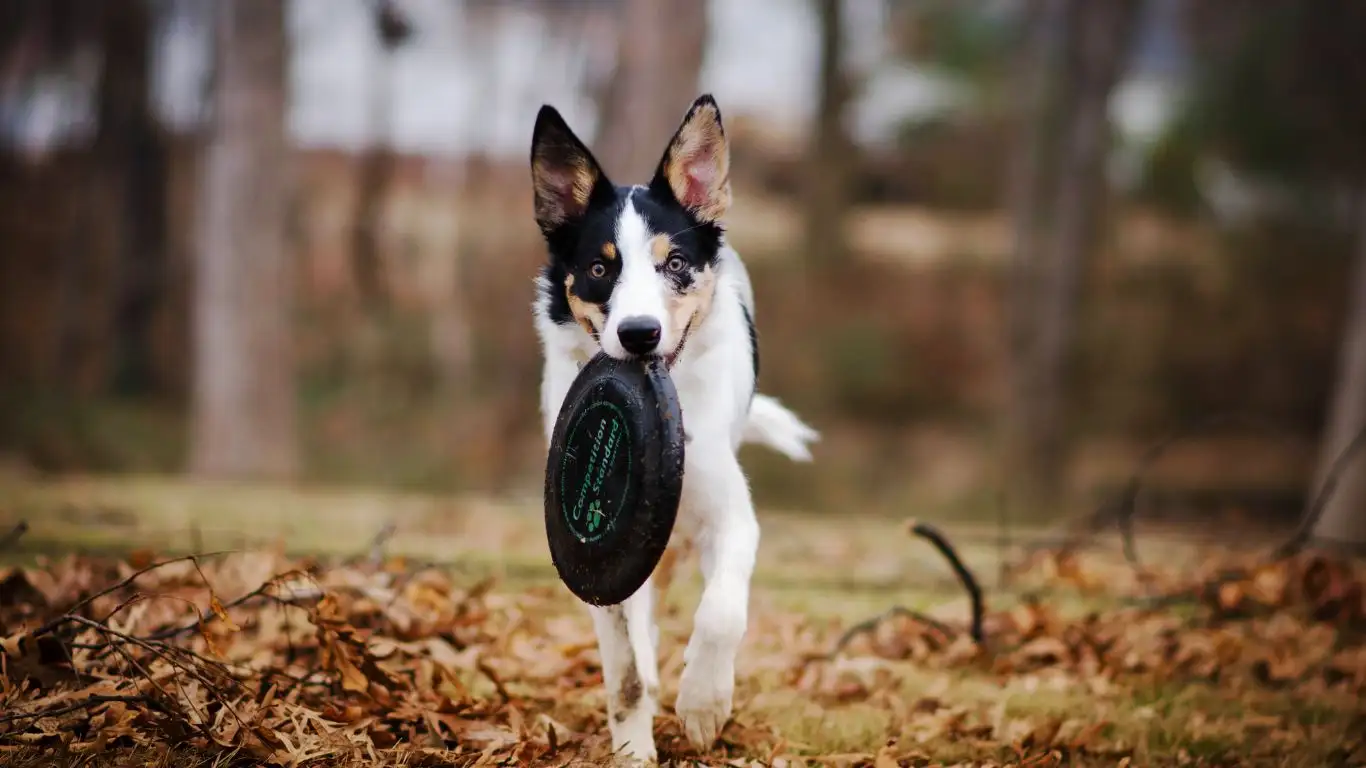
If there’s one skill I absolutely hammer home in every park training session, it’s recall. Your dog coming when called can be the difference between a safe outing and a disaster. Whether you’re in a therapy setting or just trying to avoid squirrel-related drama, a rock-solid recall is essential.
Start in a Boring Place
I begin recall training in the most boring place possible—my living room. No toys, no TV, just me and the dog. I use a happy, excited voice and always reward like they just won the lottery when they come to me. From there, I slowly increase the difficulty: different rooms, backyard, driveway, quiet park corner, and so on.
Make Coming to You Irresistible
Too many people make the mistake of calling their dog and then immediately ending the fun. No wonder the dog hesitates. When I call a dog, I reward with something awesome—treats, tug toy, chase game, or sometimes just a ton of praise and belly rubs. Coming to me should always feel like the best part of their day.
Never Use Recall as a Punishment
This one’s huge. Don’t ever call your dog to you just to scold them. I’ve worked with clients who unknowingly taught their dogs that “come” = trouble. If your dog’s chewing a sock, calmly go get them. Save the recall for positive moments only.
What to Do When Your Dog Fails (Because They Will)
I’ll say this as someone who has trained everything from high-drive shepherds to snuggly therapy spaniels: your dog will mess up. They’ll ignore your cue, chase a bird, or dive into someone’s picnic. It’s part of the process. What matters is how you respond in that moment.
Stay Calm and Think Like a Coach
Instead of getting frustrated, take a breath and assess. Did you ask for too much too soon? Was the distraction too intense? Most “failures” in training are actually human errors in setup. I’ve made plenty, and I use them as a guide to adjust my plan. Training is like a dance—you’ve got to stay in sync and adapt to your partner.
Use Setbacks as Feedback
When one of my therapy dogs-in-training bolted during a park session, I didn’t chalk it up to disobedience. I realized I’d skipped a step in our distraction-proofing process. We went back to basics, added more structured leash walks near moving bikes, and slowly rebuilt that trust. A week later, he nailed the same scenario with confidence.
Layering Real-Life Practice into Everyday Adventures
Once your dog has the basics down in semi-controlled environments, it’s time to blend training into your real-life routine. This is where things get really fun (and yes, sometimes messy). But the payoff is a dog who truly gets how to behave in the real world—not just during “training sessions.”
Go Beyond the Park
Try sidewalk cafes, dog-friendly store aisles, or sitting outside the vet’s office without going in. I’ve even held short training breaks while waiting at the drive-thru. Anywhere your dog can observe life while practicing focus is gold.
Ask for Little Wins
Don’t try to conquer every distraction at once. Ask for small behaviors—a glance, a sit, or even a few seconds of eye contact. That’s how you build long-term obedience in distracting places. One of my proudest moments? A reactive rescue pup I trained calmly ignored a skateboarder at the park after six weeks of micro-wins. That kind of progress is what keeps me doing this work.
Maintaining Long-Term Focus and Overcoming Setbacks
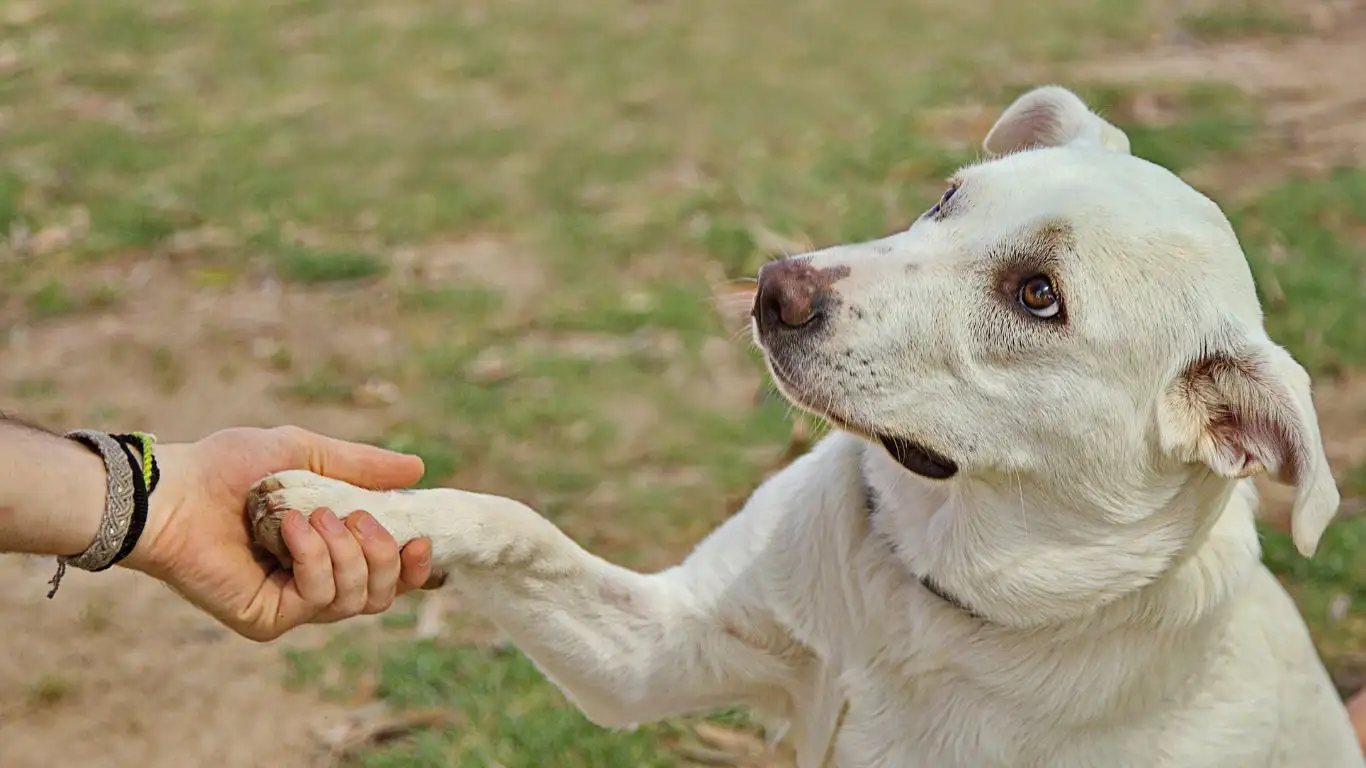
Training your dog to ignore distractions at the park isn’t a “one and done” kind of thing. It’s an ongoing journey where consistency is key. Once your dog has mastered the basics, the next step is keeping that focus long-term. Just like us, dogs need regular refreshers. And just like us, they can have off days too—so don’t be discouraged if things don’t always go as planned.
Regular Refreshers: A Non-Negotiable Habit
I always tell my clients: Consistency is the secret sauce in any successful dog training program. No matter how skilled your dog gets, if you don’t reinforce their training periodically, they’ll start to slack off. This doesn’t mean endless hours of formal training sessions—it’s about weaving those key behaviors into your everyday routine.
For example, I often use 5-minute training bursts throughout the day. During our walk, I’ll randomly ask for a “sit” or “watch me” when we pass a busy intersection or a park bench full of people. This keeps your dog’s attention sharp without overwhelming them. It’s just a casual part of life. This natural integration ensures that they stay focused when it counts, like during an actual park outing.
Setbacks Happen—How to Handle Them
No dog is perfect. In fact, sometimes the more advanced your training gets, the more “setbacks” can sneak in. I’ve had dogs who were rock stars in controlled environments suddenly lose their minds over a kite or a frisbee at the park. If this happens to you, don’t panic. Take it as a cue to reassess and rework parts of your training plan.
One of my most challenging dogs—Max the Malinois—had a terrible habit of fixating on joggers, but after a few months of slow and steady work, he was able to completely ignore them. That being said, every now and then, a fast-moving person would send him into overdrive. When this happened, I’d go back to the basics: reward calm behavior in a controlled environment before reintroducing the distractions.
Building Emotional Resilience
Emotional resilience is the unsung hero in dog training. It’s about teaching your dog to stay calm and composed when they’re surrounded by chaos. Building resilience is a slow process that happens through gradual exposure and positive reinforcement. The more your dog successfully navigates distractions, the more confident they become in their ability to handle them.
One exercise I use to boost resilience is the “change of direction” drill. I’ll walk with the dog on a loose leash, and then suddenly change direction—away from a distraction. This helps the dog focus on me and teaches them to stay present, no matter what’s going on around them. Over time, this builds their emotional toolkit, enabling them to handle increasingly complex distractions without losing their cool.
Using Tools to Your Advantage
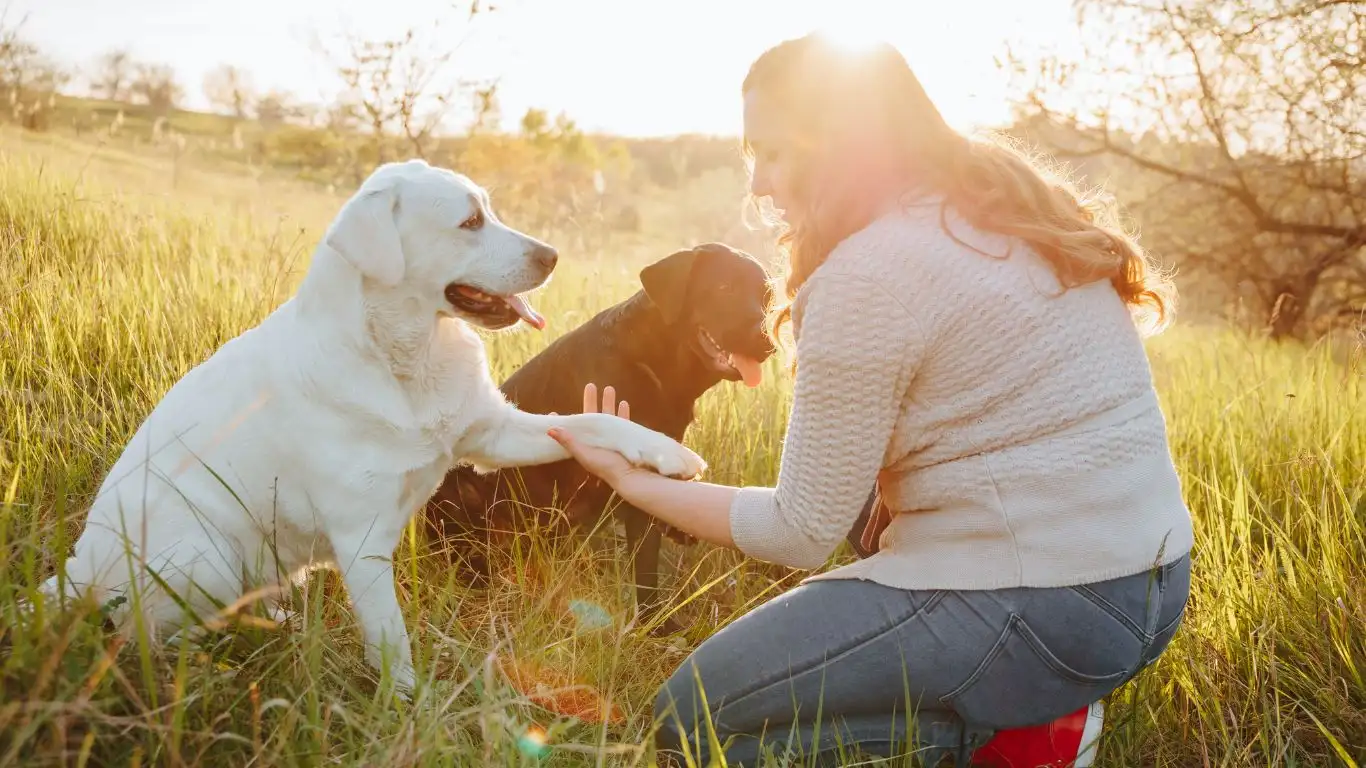
Training tools aren’t a substitute for good behavior and consistent training, but when used correctly, they can enhance the process. In my experience, a few well-chosen tools can make the difference between a distracted dog and one that’s ready to focus on you, even in a busy park.
Leashes, Harnesses, and Collars
When it comes to controlling distractions, choosing the right leash and harness is crucial. I personally prefer a front-clip harness for dogs that pull, as it discourages lunging and helps maintain focus. I also use a longer training leash in open areas so I can provide gentle corrections and give my dog space without losing control. Just make sure the leash is long enough for them to move comfortably, but not so long that they can get into trouble without you noticing.
Food-Dispensing Toys
Another great tool I like to use is food-dispensing toys, like Kongs or puzzle feeders. These can be particularly helpful when working with dogs that struggle with anxiety or hyperactivity. I’ll fill the toy with treats or peanut butter and allow the dog to work on it while we’re training in a distracting environment. It’s a great way to teach them that calm, focused behavior leads to rewards, even in the presence of distractions.
Clickers and Markers
If you haven’t already, I highly recommend using a clicker or marker word to mark the exact moment your dog gets it right. For dogs who are quick to get distracted, timing is everything. With the clicker, you’re able to reward them for the right behavior instantly, reinforcing the association between the behavior and the reward. It’s also a great way to provide clear feedback, especially in noisy or busy environments where verbal cues might get drowned out.
References and Resources for Continued Learning
It’s essential to keep learning and evolving in your training. Luckily, there are tons of resources out there to support your journey. Here are a few trusted ones I often recommend to my clients:
- American Kennel Club (AKC) – A go-to resource for dog training tips, health advice, and more.
- PetMD – Offers great advice on dog behavior and training, along with health and medical information.
- National Institutes of Health (NIH) – If you’re interested in how dog training intersects with human health and wellness, NIH offers interesting research and insights.
- Health.com – Excellent articles on dog training, behavior, and the mental health benefits of working with animals.
Disclaimer
The information provided in this article is for general informational purposes only. Always seek professional advice from a veterinarian or certified dog trainer before starting any new training program, especially if your dog has specific behavioral or health concerns. Every dog is unique, and training techniques should be tailored to the individual dog’s needs.
